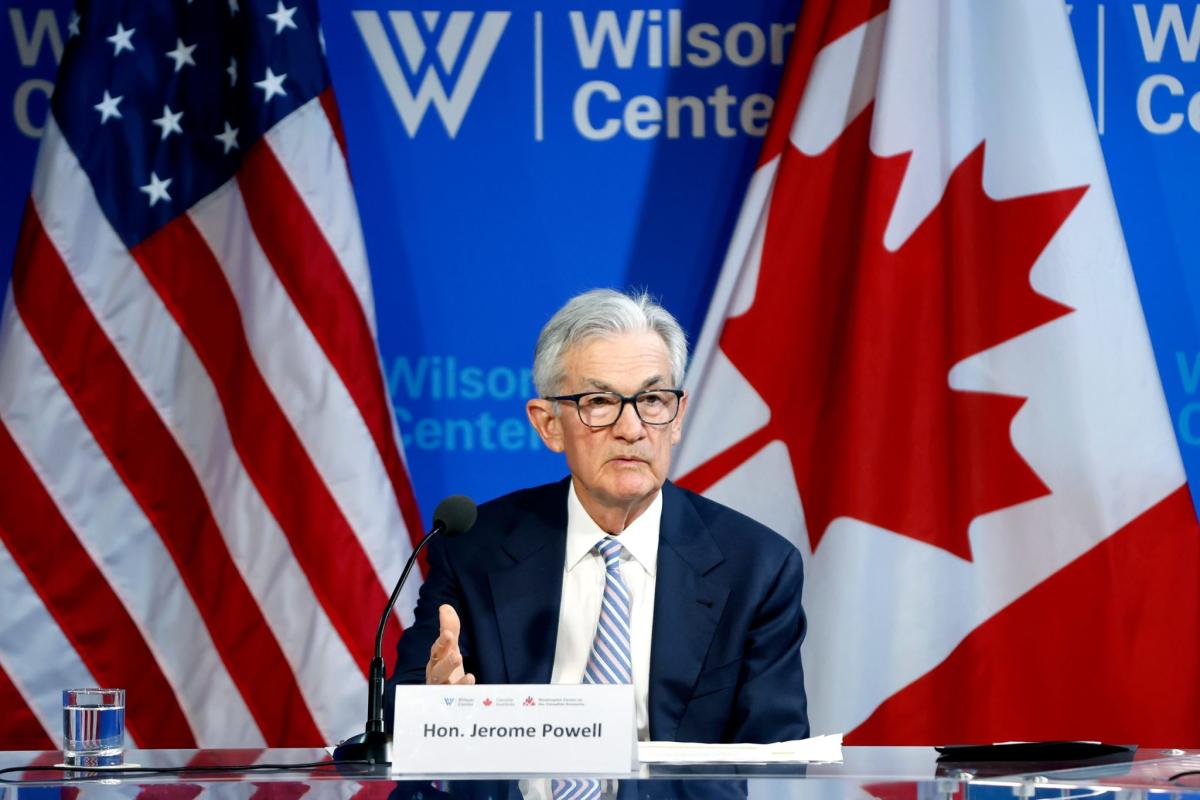Fed Chairman Jerome Powell is not going to cut rates just because you want him to.
It seems obvious, but it bears repeating. The Federal Funds Rate is currently at a 23-year high, between 5.25% and 5.5%. And as a reporter, I feel like I’ve been paying attention to interest rate cuts for a long time. But going into 2024, there was (rightly) a lot of optimism that rate cuts were imminent, with the Fed telegraphing that three were on the way this year.
No cuts have yet been made more than four months into 2024. Earlier this week, Powell said at a meeting in Washington that inflation is proving to be stubborn and that “recent data clearly has not given us more confidence.” I don’t know about you, but it doesn’t seem to me that there will be a rate cut in a few weeks.
The Fed discourse can become tense. As I thought about why, I realized this: I was only 16 when the Fed started quantitative easing and cutting interest rates to historic lows. I’m 31 now, and there are currently all kinds of retail investors my age or a little older who grew up with much the same frame of reference: a low interest rate environment is pretty much all we’ve ever known. Do millennials like me really think about the likelihood that even if interest rates are cut, they won’t return to what we grew up with?
“I definitely think there is denial right now. If you haven’t lived in a higher rate environment, you may not even see that it is possible to be in a higher rate environment for an extended period of time,” said Ajay Bijoor, Baird’s head of capital structure consulting.
Just because you know something in theory doesn’t mean you know it in practice. So my question became: what does history say about all this? It turns out that talks about interest rates have always been tense.
Do not you believe me? Think about this: interest and interest rates date back to ancient Babylon – where they were engraved (literally and metaphorically set in stone) on a pillar over seven feet tall in the Codex of Hammurabi. Best known for the memorable and terrifying “eye for an eye” edict, Hammurabi’s Code actually focuses heavily on finance, especially on interest rates, indicating, for example, that “the maximum interest rate for silver loans was set at 20 percent and for barley loans at 33.33 percent,” says Edward Chancellor The price of time: the real story of interest.
But history can be a guide in other ways, because the reality is this: if you look at the long term, rates are not Actually so high now. Certainly in the context of my life, but in 1980 the Federal Funds Rate reached a staggering 20%. The decade low would eventually reach 6% – a low that is still higher than the federal funds rate today.
The interest rate environment of the past twenty years feels normal to me, but historically that is not the case. That said, the 23-year high is still a 23-year high, and it creates less room for maneuver in private markets, especially for private equity firms: “When we look at new transactions, the cost of debt has an impact on our ability to exert influence,” said Will Manuel, managing director of American Securities.
VCs are also not out of interest rates’ crosshairs, as interest rates impact fundraising prospects and LPs’ expectations while simultaneously putting pressure on portfolio companies.
And to be clear, I’m not saying that a Fed rate cut wouldn’t be a big problem. It would and will. Since the Fed began raising rates in March 2022, these rate hikes have caused turmoil in some parts of the economy and even led to despair in others. But at least for now there is stability.
“People can plan around current rates and if rates come down it will be a little bonus,” said Thomas Smale, CEO and founder of FE International.
What I’m saying is this: It’s difficult to fully conceptualize life throughout history, defining what is normal in the grand scheme of things. And we are at the end of a historic experiment with divergent monetary policies. So while a zero-rate environment felt strangely normal to me, it is now over – and not coming back.
See you tomorrow,
Allie Garfinkle
Twitter: @agarfinks
E-mail: alexandra.garfinkle@fortune.com
Submit a deal for the Term Sheet newsletter here.
Joe Abrams curated the deals section of today’s newsletter.
This story originally appeared on Fortune.com




